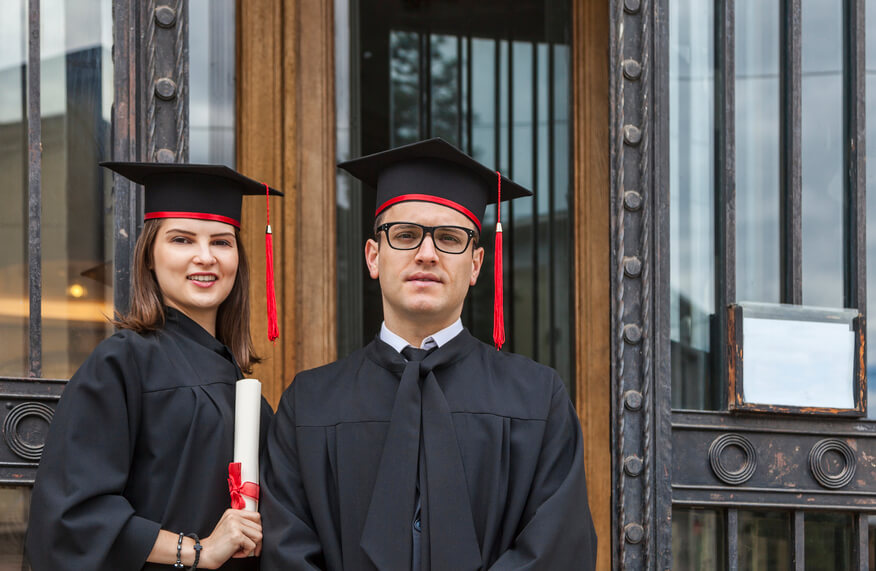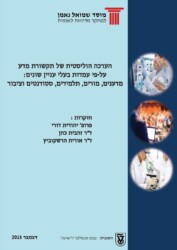In recent years, scientists have faced a rising demand to make science accessible to the general public, both for the purpose of sustaining and advancing a society that supports and promotes knowledge and to obtain public support and legitimacy to engage in science. The study is aimed to holistically analyze the positions of various interested parties toward the importance of science communication, platforms of science communication, and the structuring and sharing of scientific knowledge.
In particular, the study examines the contribution of communication between scientists and the community of learners through the ‘Basha’ar’ Website, which is an academic Website that allows teachers and students to direct questions through the network to scientific staff members and leading experts. The study consists of 350 subjects who represent four different interested parties, in descending order of level of knowledge and scientific literacy: scientists, teachers, STEM (Science Technology Engineering and Mathematics) students, and students of social sciences, representing the educated public at large, who have knowledge or scientific literacy of a low or moderate level.
All the participants filled a questionnaire or were interviewed. The study findings suggest categories that allow the position of the various interested parties toward the importance of science communication, different communication platforms, and structuring and sharing scientific knowledge to be evaluated. An important finding is that the positions of the interested parties ranged from a preference for one-way communication, mostly prevalent among teachers, to a preference for two-way communication, which was common among STEM students. The positions of scientists and students of social sciences were in the middle, between a preference for one-way communication and for two-way communication.


